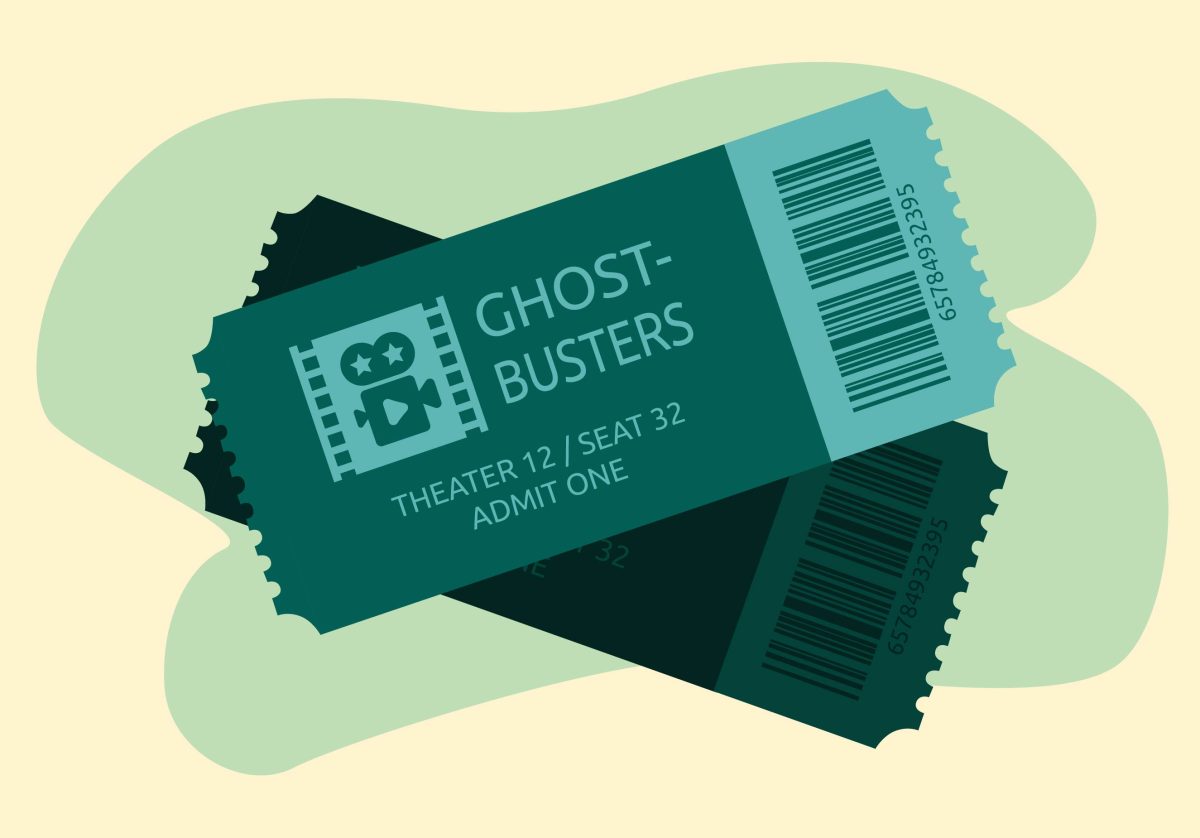Welcome to the United States. Your guide will be a 73-year-old documentary filmmaker who has been exploring the inner thoughts of the world’s most powerful country for decades.
In the past 40 years, Frederick Wiseman has made more than 30 films. His career is based on probing the institutions that have made this country what it is today. Among these cogs that enable the American machine to continue are the military, the police, hospitals, zoos, television and high schools. These diverse institutions have all felt the burning gaze of Wiseman’s lens.
The Walker Art Center is paying tribute to Wiseman’s quest with the film series “Frederick Wiseman: A Sense of Place.” The retrospective, which started Sunday and will run through Nov. 20, focuses on 12 films from the director’s varied catalog. Wiseman will visit the Walker on Nov. 21 for a public discussion about his career with independent filmmaker Jim McKay (“Girls Town”). The talk is part of the Walker’s Regis Dialogue series, which has brought actor Tom Hanks and such celebrated filmmakers as Spike Lee, Werner Herzog and Clint Eastwood to the Twin Cities.
Wiseman began his journey through America’s consciousness in 1967 with “Titicut Follies,” a brutal look at a Massachusetts prison for the criminally insane. The director’s investigative eye uncovered so much horror that state officials, upset and embarrassed with the inhumane conditions the film revealed, sought to ban the film from public viewing – and succeeded. This initial opposition, however, didn’t hinder Wiseman’s career. Rather, his technique and the fascination he showed for exposing America’s institutions in “Titicut Follies” would become his trademark.
“I just thought that institutions would provide a framework for having a look at contemporary American life,” Wiseman said in an interview with the Daily. “An institution is a kind of microcosm of what’s going on in the larger society.”
Indeed, Wiseman’s films provide us with a constructive way of understanding the controversial issues affecting our daily lives and dividing political minds – issues such as welfare, education and the court system. His films attempt to harness the mental abstraction that can occur when discussing complex issues by focusing on the institutions where they play out. This is not to say these issues become less complex – quite the contrary. As Wiseman put it, we get a framework that allows us to better understand their complexity. An issue as multifaceted and complex as education becomes more tangible when Wiseman focuses his camera on one school, as he did in 1968’s “High School” and then again in 1994’s “High School II.” All of Wiseman’s films carry similarly self-explanatory titles – “Welfare” is about welfare and “Juvenile Court” is about juvenile court. The prosaic titles are misleading when stepping into each one of these institutional arenas and can be quite jarring. From this concrete point of entry, we can slowly discover the societal impact, both good and bad, that these institutions have.
Wiseman’s two “High School” films illustrate this idea well.
The 1968 “High School” is a hilarious look at a mostly white, middle-class high school in Philadelphia. Like a fly on the wall, we watch an education system sputtering in all directions but the right one. Students are disciplined without purpose, sex education is backward and a home economics instructor calls girls fat and teaches them to walk like “ladies.” In the end, Wiseman’s lens finds an education system perpetuating patriarchy and indoctrinating its students into capitalism, i.e. creating subjects for the labor force. It’s so sad it’s funny.
“High School II” looks at a minority-dominated alternative high school in New York’s Spanish Harlem and shows us light at the end of what was, and possibly still is, a dark tunnel. Here students are taught through discussion. These students are quick to dissect the deceit of the American dream that the 1968 high school was hell-bent on maintaining. And the Harlem teachers aren’t trying to indoctrinate their students into the “real world” of capitalism. Instead, they are teaching their students how to survive and change this world.
Of course what is most interesting is the Walker’s placement of films like “High School,” “Titicut Follies” and a number of Wiseman’s other works together in its film series. Now, we can start to see how these institutions connect and how they create a powerful portrait of the modern United States.
“His interest is to use these institutions as just pieces of the larger American institution,” said Sheryl Mousely, the retrospective’s curator. “And we can see the whole by looking at all the pieces.”
The intensity and focus Wiseman has given to his chosen subject matter – institutions – is almost unparalleled. His technique is also exceptional, especially in today’s documentary field where the heavy-handed narrative style of Michael Moore and Ken Burns reign.
Wiseman’s films are shot in a “cinema verite” style. There is no narration, central characters or identifying title cards. Instead, situations are strung together to create a freer sphere for the viewer to interact with the film’s content.
“It gives you time to really work with the material,” Mousley said. “You know you’re not being spoon-fed; you are being engaged.”
When shooting begins on a new film, Wiseman knows what the subject of the film is, but never has a specific story in mind. He’ll spend anywhere from four to 11 weeks shooting, going at a pace of 12 to 14 hours a day and seven days a week. The editing process usually takes about a year.
“I just collect sequences in the shooting. And I have no idea of what the structure is going to be until I’m maybe seven or eight months into the editing,” he said. “You make or break a film in the editing.”
Since Wiseman doesn’t use standard manipulative techniques, such as narration, it’s almost always in the editing process where the director makes his political stance. Outside of his films, the director often shies away from commenting on the politics contained in them. He’d rather let us do the speculating.
“The way you interpret these events depends on what your values are. When I think a film is very clear, somebody else is going to interpret that experience differently and come away with a political view that is different than mine,” he said. “Almost inevitably when you’re dealing with complex ideas, you’re also dealing with the idea of ambiguity.”
As the saying goes: He’d rather let his work speak for itself.
“My goal is to make the best film I can. To make a film that is complicated, interesting, that accurately reflects the subject and that has a dramatic structure and brings the experience that I had in making the film to people who haven’t had the opportunity to hang around one of these places the way I did,” Wiseman said.
















